20+ Temperature Experiments and Activities
In our A to Z Science series for toddlers and preschoolers, T is for Temperature. We practiced using thermometers with investigations inside and outside. This post includes even more temperature experiments for kids!
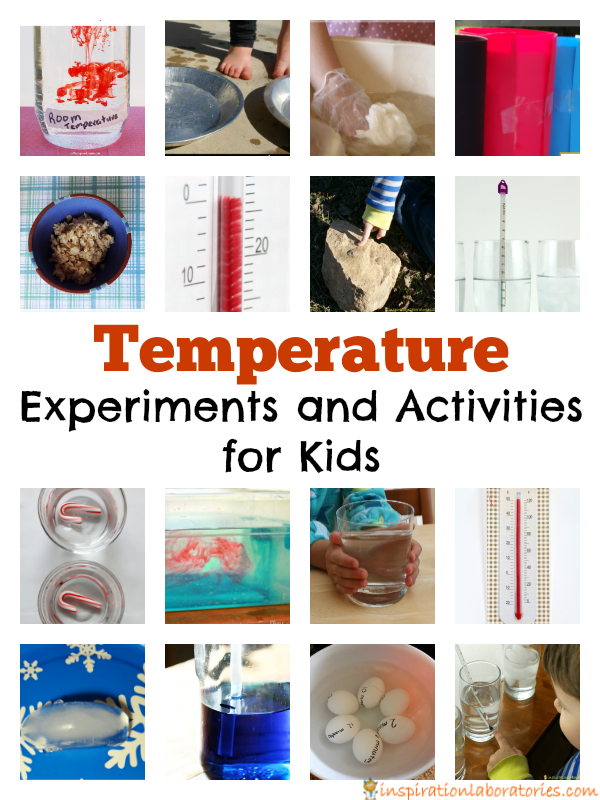
Temperature and Heat Experiments
Explore temperature and heat transfer further with these experiments that we’ve tried.
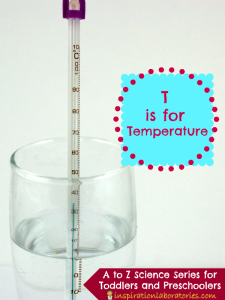 |
T is for Temperature. Do a temperature investigation outside by measuring the temperature of rocks. Practice using a thermometer inside with a simple temperature investigation with water. |
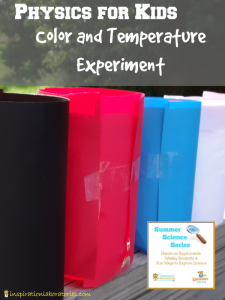 |
Color and Temperature Experiment. This is a super easy to set up experiment. Learn about how different colors affect heat absorption. Your preschooler can probably handle all of the steps by himself. |
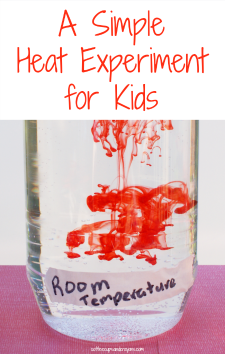 |
A Simple Heat Experiment. How heat affects things is sometimes difficult to understand. This simple heat experiment shows how heat causes molecules to move faster. {Plus kids think it looks cool.} |
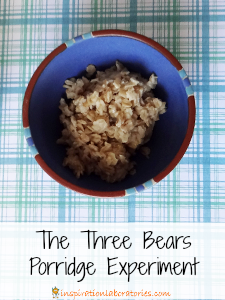 |
Three Bears Porridge Experiment. Why is baby bear’s bowl of porridge “just right” when it’s in the smallest bowl? We set up an experiment to find out. |
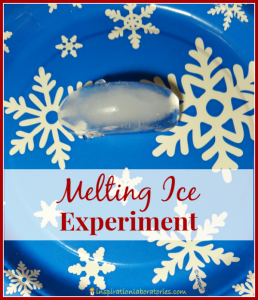 |
Melting Ice Experiment. Which surfaces conduct/transfer heat more easily? We compared metal, plastic, glass, and paper to see which makes a better conductor of heat. |
 |
Snow and Water Science Experiment. Aiden posed the question: What will happen if we add water to snow? Will it melt? I helped him set up an experiment to find out. Don’t have snow? Make your own snow. |
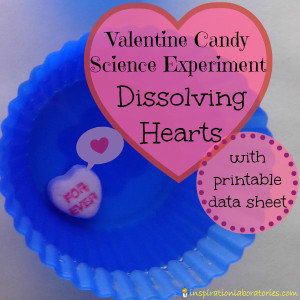 |
Dissolving Hearts Experiment. Compare how fast candy hearts dissolve in different temperatures of water. Try this experiment with different types of candy. |
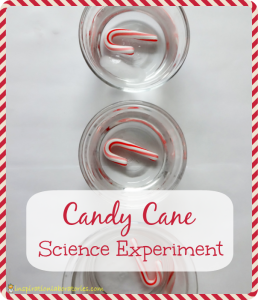 |
Candy Cane Science Experiment. Same idea as the candy hearts only this time we used candy canes. Do you have any leftover from Christmas. (We still do.) |
More Temperature Experiments
Here are even more temperature and heat experiments from around the web that look great!
Explore the density of different temperatures of water in this water balloon investigation from Science Sparks.
How do polar animals stay warm? Rainy Day Mum investigates types of insulation in this fun activity.
Make a solar oven and explore conduction. Which type of materials/colors work the best? (from Science Sparks.)
Here’s a sun vs. shade temperature experiment from A Mom with a Lesson Plan.
Explore convection currents with water. (from Learn Play Imagine)
Learn about the science of tea and discover the impact different water temperatures have in this investigation from Planet Smarty Pants.
Make your own thermometer with these instructions from What Do We Do All Day?
Or make a practice thermometer with this printable from Kids Activities Blog.
Try this ice experiment from Reading Confetti. Which ice cube will melt first?
A Mom with a Lesson Plan experiments with how to boil an egg. Explore how heat affects an egg.
Gift of Curiosity uses thermic glasses to explore the sense of touch and learn about temperature.
Can a cricket be used as a thermometer? Conduct an experiment to find out. (from Scientific American)
Are mittens warm? Classroom Magic shares a lesson in heat and insulation. Pair this activity with Jan Brett’s The Mitten.
Do you have any temperature experiments? Leave a link in the comments. I’d love to check them out!
Be sure to subscribe to our weekly newsletter and get exclusive science explorations for young scientists in each issue.


Leave a Reply